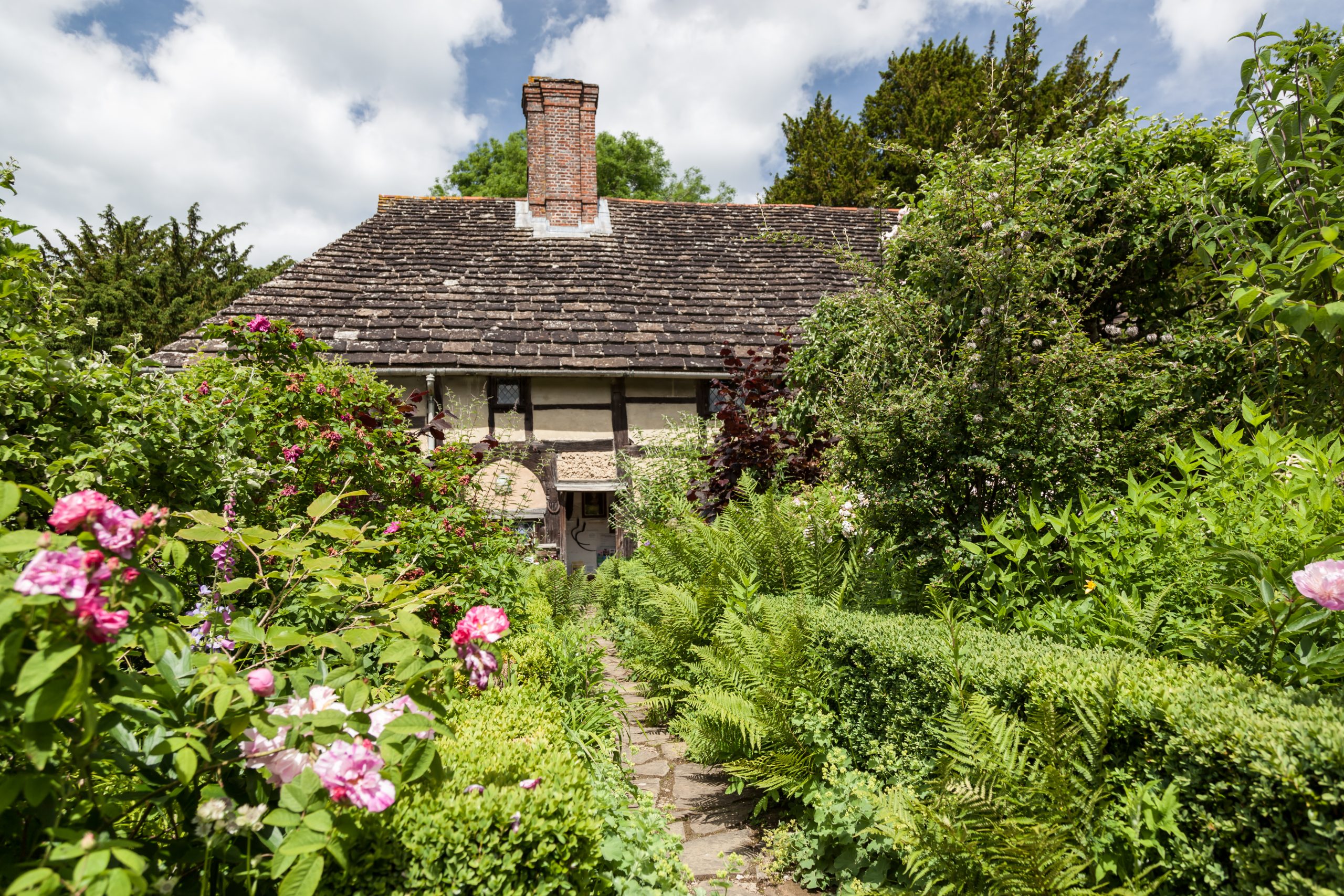
A Short History of The Priest House
A Short History of The Priest House
The Priest House is a 15th century timber-framed house in West Sussex, with both religious and royal history. Seized by the Crown during the dissolution of the monasteries, ownership has seen it pass from Thomas Cromwell, to Anne of Cleves, then to Mary I and Elizabeth I. Today it is a museum with a notable cottage garden.
Timeline
- 1420s – Property built by Lewes Priory
- 1560 – Sold to Thomas Browne
- 1905 – Property purchased and restored
- 1908 – Property opens as a local museum
- 1935 – Property gifted to The Sussex Archaeological Society
Origin and regal ownership
The Priest House – as its now known – was built in the 1420s by Lewes Priory as an estate office to manage its local manor lands.
Throughout the following century the property passed through several notable owners, including Henry VIII, Thomas Cromwell, Anne of Cleves, Mary I and Elizabeth I.
The property was finally sold into private title to a Thomas Browne in 1560.
Originally an open hall house, Browne modernised the building with the additions of fireplaces and chimney, a first floor and the original thatched roof was replaced with Horsham stone.
The property remained in the Browne family until 1695; when again it passed through a number of owners who rented the house to agricultural workers.
The Priest House’s recent history
By 1905 the building was almost a ruin until purchased and restored by John Godwin King.
In 1908 he opened the house as a museum displaying his collection of locally gathered artefacts. At the service end of the building, private accommodation was created for a custodian. It is still the home of the resident curator.
The Priest House gifted to The Sussex Archaeological Society
In 1935 John Godwin-King presented the Priest House and its contents to the Society. This includes 17th and 18th century country furniture and domestic artefacts collected by Godwin-King.

The Priest House today
Today, visitors can explore the house and collection of 17th to 19th century domestic items and furniture.
The garden is of particular interest. Godwin King was a neighbour of the garden writer William Robinson of Gravetye Manor and a friend of Gertrude Jekyll.
The small cottage garden – established in 1908 – followed their design philosophies and the planting remains influenced by Robinson’s concept of the ‘wild garden’.
